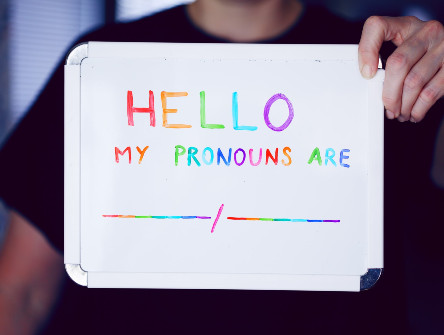Is it ethical to hand over a personal injury settlement, knowing a client will blow it?
Structured settlements are an underutilized legal tool, but an opportunity to safeguard clients’ futures

After months or years of litigation to resolve a personal injury claim, clients want to walk away with a large settlement in their pockets. A lump sum payout often provides some form of closure to a dark chapter in their lives.
However, while settlement money is compensation for damages and losses from the injury, many treat it as a lottery win and take dream vacations or buy new cars, houses or gifts for friends and family. The ability to splurge provides a sense of freedom after everything they have endured.
But this money is not a windfall. For many claimants, it’s their future. Many will never work again, at least not in the same capacity. They may have ongoing medical-related expenses, and due to the severity of their injuries, they no longer qualify for life insurance. So, the settlement money is their paycheque, their financial plan, and their financial legacy.
Yet, as lawyers, we hand over lump sums to clients who have never managed significant money. While this may not violate any professional obligation, are we doing the right thing for our clients when we know the risks, but stay silent?
Personal injury claimants are amongst the most vulnerable as they have experienced life-altering trauma. Beyond their physical injuries, many are dealing with mental health struggles, heightened risk of addiction, or cognitive impairments. They are more likely to act impulsively, and we all know that when someone comes into money, a few “friends” or distant relatives will line up for their cut. Without a plan, money can and often does vanish in a short period of time. When this happens, the client is even more vulnerable than before.
While not as flashy as a large lump sum, this is where structured settlements can make a difference. In many ways, they bridge the gap between justice and long-term well-being.
A structured settlement is a tax-free periodic payment of damages funded by an annuity. These payments are tailored to meet a claimant’s needs over time. Most often, claimants receive a portion of their settlement in up-front cash and structure the rest. That gives them the best of both worlds: immediate access for small luxuries and long-term security.
Structured settlements are ideal because they are flexible in design. Claimants can customize their structure based on their needs. For example, payments can be indexed to increase annually and incorporate lump sums for anticipated expenses or milestones. In addition, structured settlements often result in a greater total payout than if the claimant had taken the lump sum and tried to manage it alone.
As the annuity payments from a structured settlement do not count towards the claimant’s reportable income, the claimant can still receive social assistance from most provincial or federal programs.
In the event of the claimant’s death, payments can continue to a named beneficiary. This provides peace of mind for those who no longer qualify for affordable life insurance. And because payments pass outside of the estate when a beneficiary is named, it avoids probate and unnecessary delays.
Further, structured settlements are inherently inclusive, addressing the financial realities that marginalized communities face. BIPOC individuals often experience poorer health outcomes, which are exacerbated by limited access to healthcare and lower socioeconomic status. They may face a heightened risk of medical malpractice due to systemic racism and healthcare inequalities. By adopting a trauma-informed approach, structured settlements recognize these groups' unique challenges. They provide a pathway to financial security, helping to disrupt cycles of disadvantage and promote equitable outcomes.
Courts are increasingly mandating structured settlements, particularly for cases dealing with children or parties under disability. Judges recognize that vulnerable claimants may be unable to manage a large sum or are at a higher risk of exploitation.
Despite their advantages, structured settlements remain underused in the legal profession. Many lawyers have never heard of them or don't understand their benefits, while clients are often focused on immediate needs. By skipping over this legal tool, we are missing opportunities to safeguard our clients’ futures.
At the heart of any personal injury case is a sense of loss. Claimants have often lost their health, financial independence, and sense of identity. A structured settlement is not about money—it’s about giving claimants a chance to reclaim their autonomy, to plan, rebuild, and live their lives on their own terms. Justice is more than a payout; structures provide the foundation for what comes next.
While they do not solve every problem, they recognize clients' realities and offer a safer path forward. When a settlement is finally reached, it should not be the start of another crisis, but the beginning of an empowered future. Structured settlements help ensure our client’s legal win does not become a personal loss.
As lawyers, our job is not to simply close a file. Structured settlements ensure that people who are already vulnerable and disadvantaged are not further harmed by a system that hands them a cheque and walks away. Through their use, lawyers can become more than advocates—they can become part of the solution.


